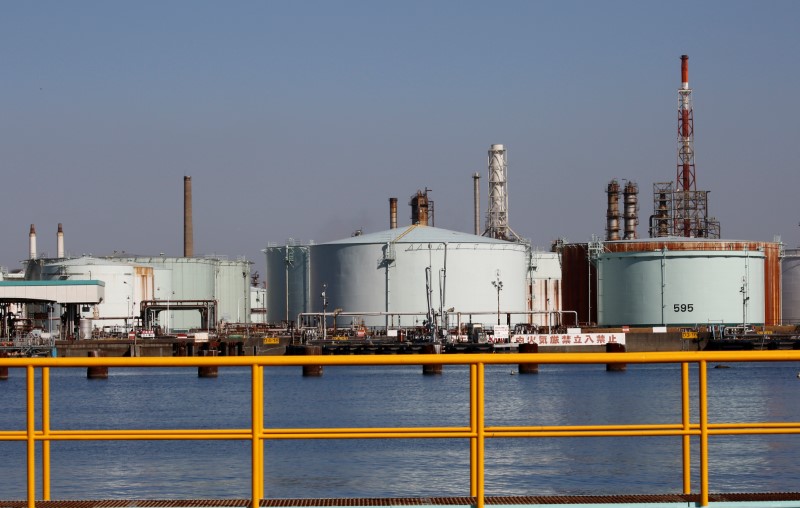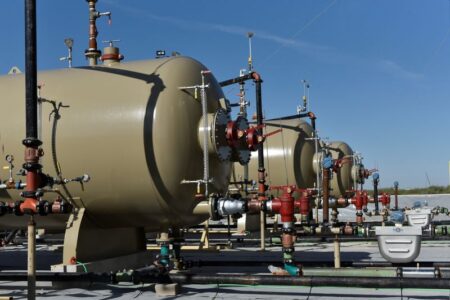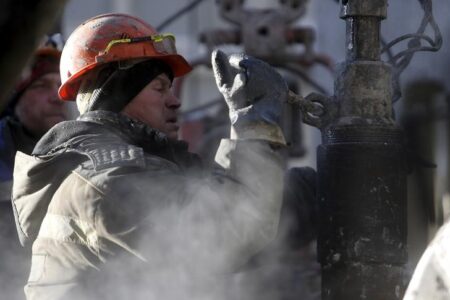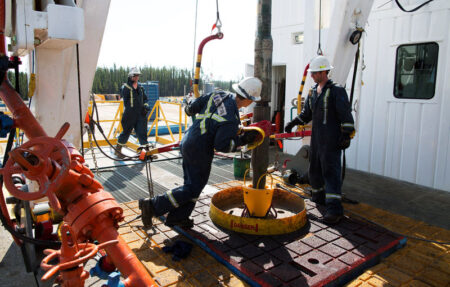By Natalie Grover
LONDON (Reuters) -Global oil benchmark hovered above $94 a barrel on Monday, with investors focused on the prospect of a widening supply deficit in the fourth quarter after Saudi Arabia and Russia extended supply cuts.
Brent crude futures rose 52 cents to $94.45 a barrel by 1039 GMT while U.S. West Texas Intermediate crude futures were up 66 cents at $91.43.
Brent and WTI have climbed for three consecutive weeks to touch their highest since November and are on track for their biggest quarterly increases since Russia’s invasion of Ukraine in the first quarter of 2022.
“What’s striking is that this relentless oil price rally has taken place even amid concerns about lower demand from Europe and China as those economies grapple with a severe slowdown, which demonstrates just how tight the supply side of the equation has become,” said Marios Hadjikyriacos at broker XM.
China, considered the engine of oil demand growth, remains possibly the biggest risk because of its sluggish post-pandemic economic recovery.
However, a series of stimulus measures and a summer travel boom helped industrial output and consumer spending to rebound last month and Chinese refineries ramped up output, driven by strong export margins.
“Lack of protracted progress, nonetheless, will be viewed as a major setback on the demand side,” said Tamas Varga of oil broker PVM.
Eyes will also be on central banks this week, including an interest rate decision from the U.S. Federal Reserve and eagerly awaited economic data out of China.
There is growing consensus that peak interest rates are not far away as inflationary pressure, in general, has been successfully mitigated, PVM’s Varga said.
“Investors, however, remain puzzled over when central banks will start cutting them,” he said. “The high-for-longer mantra would ultimately have a negative impact on economic growth and would affect oil demand.”
Saudi Arabia and Russia this month extended supply cuts to the end of the year, but whether those cuts will extend into next year is uncertain.
“The question is, will the Saudis continue to maintain the deficit given the risk that higher prices must surely, at some point, stimulate US shale (oil output),” Investec analyst Callum Macpherson said.
Read the full article here












